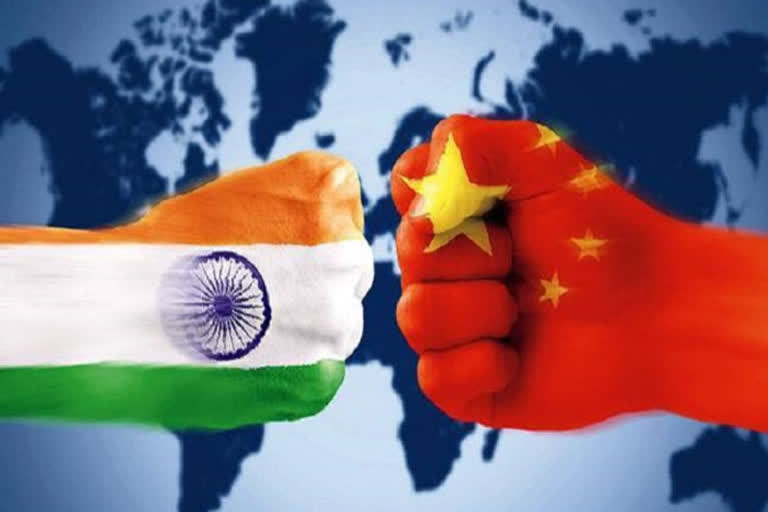New Delhi: A marathon 12-hour-long meeting took place between Lieutenant-General-ranked officers of the Indian and Chinese armies on Tuesday (June 30) for the third time in Chushul-Moldo in eastern Ladakh that went on well into the freezing cold night.
The long duration was no surprise. There were a range of issues and the specifics of at least four face-off points in the rugged and barren region where the two armies are engaged in a near eyeball-to-eyeball stare-down. Moreover, besides the detailed military protocol, every point had to be made through the two translators.
It was the third such meeting after June 6 and June 22 focusing on ways and methods to disengage and de-escalate. The foreign ministers of the two Asian giants had also held a virtual meeting on June 17.
While PLA soldiers brutally attacked Indian soldiers in between on June 15, killing at least a score on Indian soldiers while the Chinese have not opened up on their casualties, the meetings have failed to even begin the process of pulling back and easing the palpable tensions.
On Tuesday’s meeting, a military source tersely said: “The meeting yesterday was long and held in a business-like manner keeping in view the Covid-19 protocols… More meetings are expected both at the military and at the diplomatic level, to arrive at mutually agreeable solution…”
On Tuesday’s talks, the Chinese government mouthpiece daily ‘Global Times’ which usually presents the government point of view quoted a source close to the Chinese border troops as saying that the two sides, among other things, should “respect historical facts”.
The emphasis on ‘historical facts’ is reflective of a rigid Chinese stand of territorial claim on the border. In short, the ongoing talks have not managed to take things forward to retrieve the situation.
Read: How India defied logistics to fly over 150 tanks to east Ladakh to face China
That brings us to a situation where despite the series of talks at various levels of the military, diplomatic parleys and interactions, there is massive ongoing mobilization on the ground. India has largely undertaken ‘mirror deployment’ in response to PLA mobilizations.
In a very short notice, both armies can deploy about 30,000 soldiers to face each other across the Line of Actual Control (LAC) across eastern Ladakh and that is unprecedented deployment for the vast cold desert. Not just boots on the ground, but both countries have assumed artillery positions and put their respective air forces on high alert.
According to a recent report of the Belfer Center, Harvard Kennedy School, the Indian army and PLA is more or less on an equal footing across the India-China border despite China’s much better infrastructure and logistics.
But the problem could assume a different dimension if Pakistan moves forces towards the Line of Control (LoC) and towards Gilgit-Baltistan areas of Pakistan-Occupied Kashmir. There are already reports, although unverified, of Pakistan amassing troops near the border with India.
Read: China lets values be: No 'Kung Fu' for PLA border soldiers but MMA brawl techniques
In a nutshell, is it a two-front engagement versus India that China is trying to impose?
If in the past military strategists did not see much wisdom in PLA colluding with Pakistan against India in the barren swathe that is east Ladakh, there is a solid ground now in form of rapid infrastructure building by India in general and by the 255-km-long road from Shyok village to Daulat Beg Oldi (DBO), a major Indian military base located near the Karakoram pass, and the world’s highest airfield.
And with Indian claims over Gilgit-Baltistan and Aksai Chin getting louder since last year, China has an axe to grind against India as does Pakistan. It is through Gilgit-Baltistan that China’s flagship project, the China-Pakistan Economic Corridor (CPEC), traverses. Therefore, on the ground there is a clear case of uniformity of interest.
So is there a design in the lack of progress in de-escalation and disengagement? Is it a game of deceit that China is playing with a two-front conflict in the offing?



